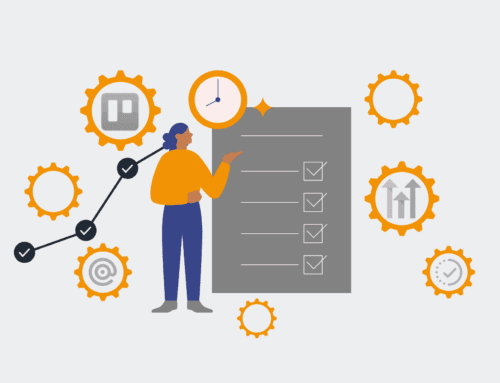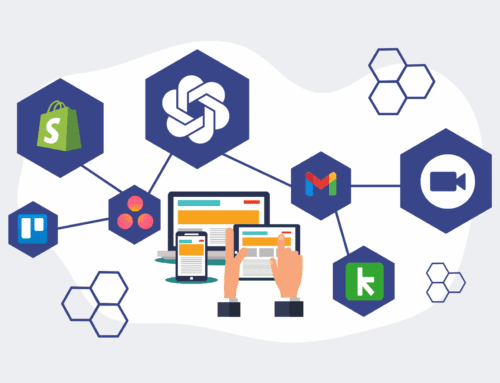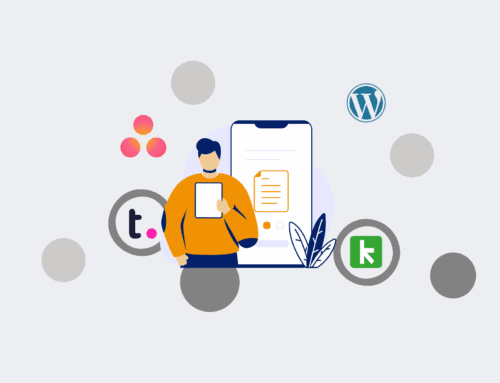How to Integrate AI-Powered Candidate Screening with Your Existing ATS for Seamless Hiring
Integrating AI-powered candidate screening into your Applicant Tracking System (ATS) is no longer a luxury; it’s a strategic imperative for efficient, unbiased, and effective hiring. This guide will walk you through the essential steps to seamlessly weave AI into your existing recruitment infrastructure, ensuring you attract, identify, and engage the best talent with minimal disruption and maximum impact.
Step 1: Assess Your Current ATS & Define Clear Objectives
Before embarking on any integration, a thorough audit of your current ATS capabilities and limitations is crucial. Identify manual bottlenecks in your screening process, such as resume review volume, initial qualification calls, or bias points. Define precise objectives for AI integration – whether it’s reducing time-to-hire by 30%, improving candidate quality by enhancing matching accuracy, eliminating unconscious bias, or simply freeing up recruiter time for high-value activities. Understanding your ATS’s API capabilities or integration points will also inform your selection of AI tools and your integration strategy, setting a clear roadmap for success.
Step 2: Select the Right AI Screening Solution
The market offers a diverse range of AI screening tools, each with unique strengths. Evaluate solutions based on their compatibility with your ATS, the specific functionalities they offer (e.g., advanced resume parsing, skill matching, behavioral assessments, natural language processing for cover letters), and their commitment to ethical AI and bias mitigation. Prioritize solutions that demonstrate strong data security, compliance with privacy regulations (like GDPR), and proven integration frameworks. Look for tools that allow for customization to your unique job roles and company culture, ensuring the AI aligns with your specific hiring criteria rather than generic benchmarks.
Step 3: Design the Integration Architecture and Workflow
Mapping out how your chosen AI tool will communicate with your ATS is a critical step. This often involves defining the data flow: how candidate data moves from your ATS to the AI for screening, and how the AI’s insights (e.g., scores, rankings, red flags) are then sent back to update candidate profiles within your ATS. For complex integrations or systems lacking direct APIs, a low-code automation platform like Make.com can serve as powerful middleware, orchestrating data exchange and creating a seamless, automated workflow. This strategic planning ensures data integrity and operational efficiency, preventing data silos and manual data entry.
Step 4: Configure and Customize AI Screening Parameters
Once the architectural blueprint is in place, you’ll need to configure the AI to understand your specific hiring needs. This involves training the AI with relevant job descriptions, desired skill sets, and company culture attributes. Establish clear screening criteria, keyword priorities, and scoring mechanisms. For example, you might instruct the AI to prioritize specific certifications for technical roles or analyze communication styles for client-facing positions. Continuous feedback loops during the initial phase are vital to fine-tune the AI’s accuracy and ensure it aligns perfectly with your recruitment goals and legal compliance requirements.
Step 5: Implement, Test, and Validate the Integrated System
With configuration complete, proceed with the actual implementation, connecting your ATS and the AI screening solution. This phase requires meticulous attention to detail. Conduct rigorous testing with a diverse set of real and simulated candidate data. Verify that data transfers accurately, AI screening reports are generated correctly, and results are posted back to the ATS in the intended format. Check for potential data discrepancies, integration errors, or workflow interruptions. Thorough validation across various scenarios is crucial to identify and rectify any issues before a full-scale rollout, ensuring a robust and reliable system.
Step 6: Train Your Team and Plan for Phased Rollout
A successful AI integration is as much about technology as it is about people. Provide comprehensive training to your recruitment team, hiring managers, and any other stakeholders who will interact with the new system. Explain how the AI works, how to interpret its insights, and how it complements their existing processes. Emphasize that AI is a tool to augment, not replace, human decision-making. Consider a phased rollout, starting with a smaller team or a specific job category, to gather feedback and make necessary adjustments before expanding the integration across the entire organization.
Step 7: Monitor Performance, Optimize, and Iterate for Continuous Improvement
Integration is not a one-time event. To truly maximize the ROI of your AI-powered screening, establish a continuous monitoring and optimization framework. Regularly track key performance indicators such as time-to-hire, candidate quality scores, source-of-hire effectiveness, and recruiter satisfaction. Gather feedback from users and candidates to identify areas for improvement. Leverage the AI’s analytics to understand screening biases, refine algorithms, and adjust parameters. Ongoing iteration ensures the AI system remains aligned with evolving business needs and market dynamics, continuously enhancing your hiring efficiency and effectiveness.
If you would like to read more, we recommend this article: Mastering AI in HR: Your 7-Step Guide to Strategic Transformation









